Panier
Close
- No products in the cart.
Sous total (Hors frais de livraison)
0,00€
Payer
Expédition et livraison
Réparation et maintenance
Wingfoil is THE water sport for everyone! With a little willpower, wingfoil progression is fairly rapid, with fewer risks than in other water sports. What’s more, you can practice it on almost any body of water and still get the thrills. However, if you don’t want to endanger yourself or others, there are a few safety and priority rules to observe.
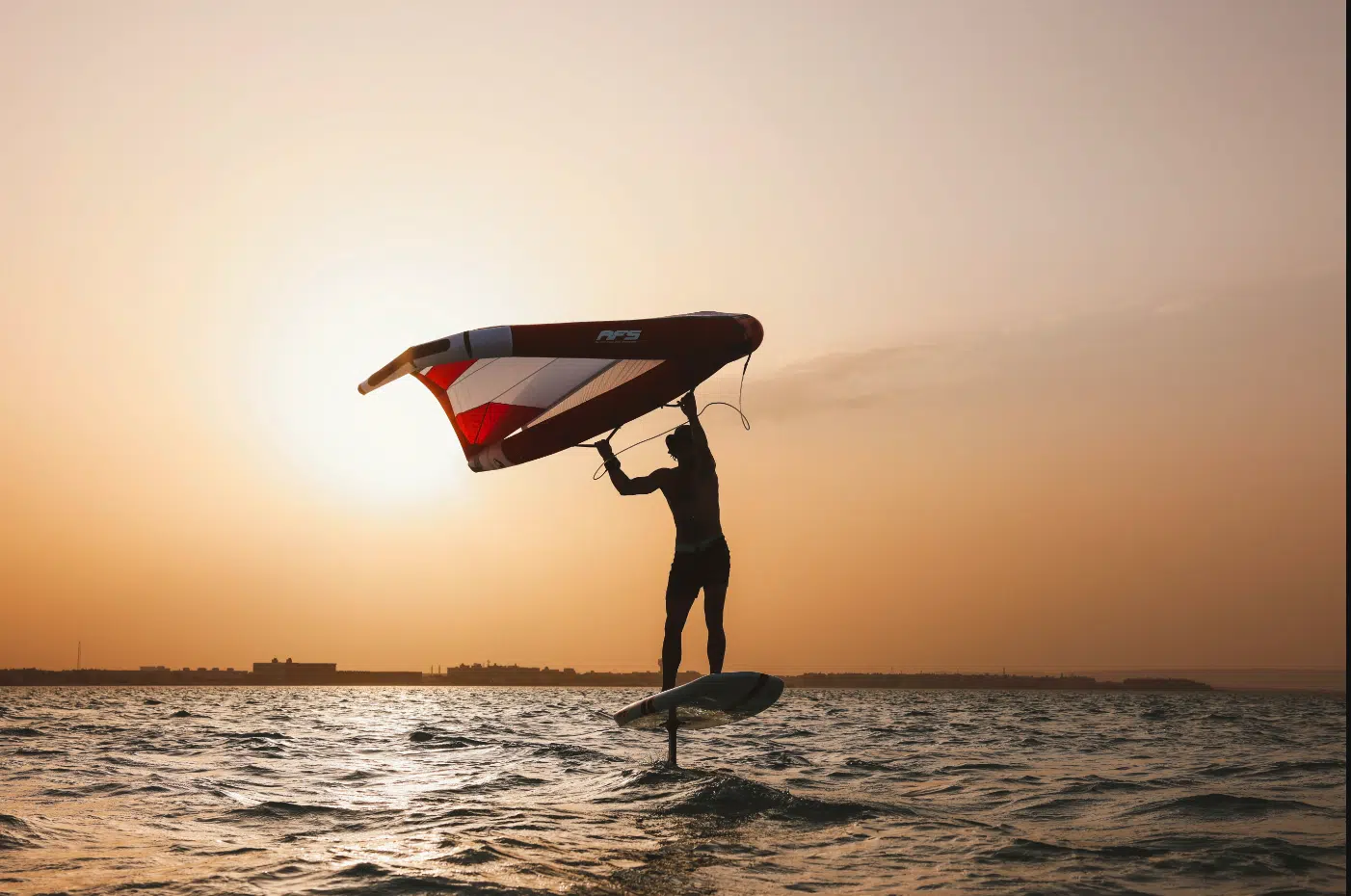
Before you go out and have fun flying on the water, it’s essential to manage your wingfoil equipment on land. On the one hand, to preserve your equipment, and on the other, to avoid injuring anyone. Make sure you have enough space in the parking lot and on the beach to prepare your foil and wing in complete safety, without disturbing others (walkers and other wingfoilers).
Preparing your wing foil equipment is an important step before sailing:
Once you’re on the water, there are a few safety precautions to keep in mind…
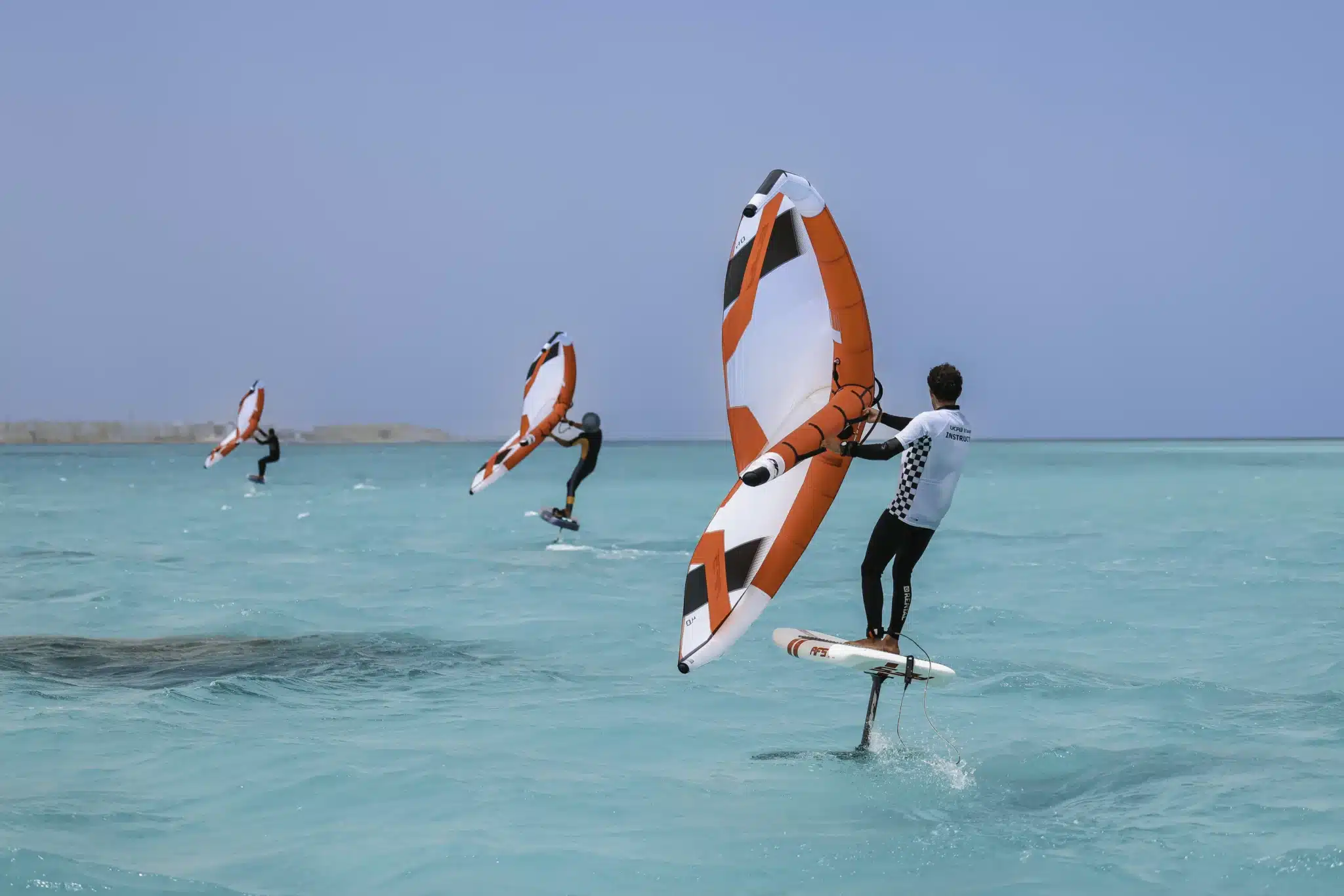
Whether you’re a beginner or an experienced rider, there are a few rules you need to follow to avoid endangering yourself or others.
Choice of spot and wind conditions adapted to your level:
Take precautions:
In short, to practice in safety, let’s respect each other, pay attention to the weather conditions, and be aware of our surroundings. This is the key to a safe and enjoyable wingfoil session.
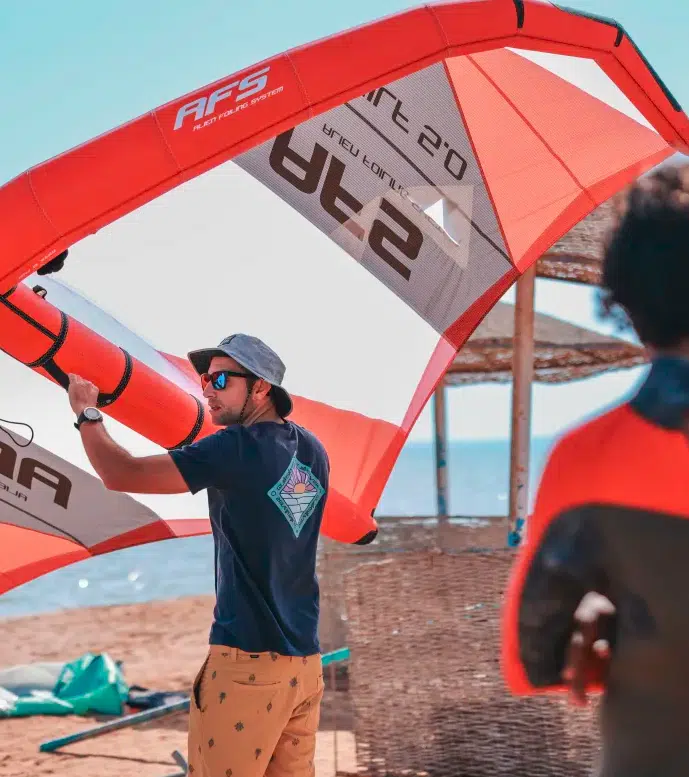
In wingfoil, safety on the water is paramount, especially on spots with lots of people in the water (wingfoilers like kitesurfers, windsurfers and dinghies). That’s why we all need to know the basic rules of priority, essential to avoid collisions and guarantee a good session for all.
But what are these basic rules?
When two riders are sailing in opposite directions, the one on starboard tack (wind from the right, right hand in front) has priority. The one on port tack (wind coming from the left, left hand in front) must let the other rider pass. This rule is essential for safe wingfoil riding, whatever your level. It’s forbidden to cut the path of the rider on starboard tack.
The rider furthest away from the wind direction has priority if we’re neck and neck on the same tack (= same tack, so the wind comes from the same side for each rider).
| Situation | Priority rule |
| Starboard vs. port tack | Starboard tack priority |
| Catch-up vs Catch-up | Priority to catch-up |
| Leeward vs. Windward | Those who sail to leeward have priority. |
Of course, even though priorities exist, sometimes you have to use common sense: if you see that the other rider is going to give you the right of way, don’t run into him and move aside. It’s frustrating, but it’ll prevent a collision.
The advantage of knowing the rules and being vigilant on land and on the water is that you’ll be able to enjoy every wingfoil session to the full… And avoid causing accidents. Once again, don’t forget your helmet and impact vest for extra protection. On the water, of course, there’s wingfoil, but there are also other board sports riders in action.
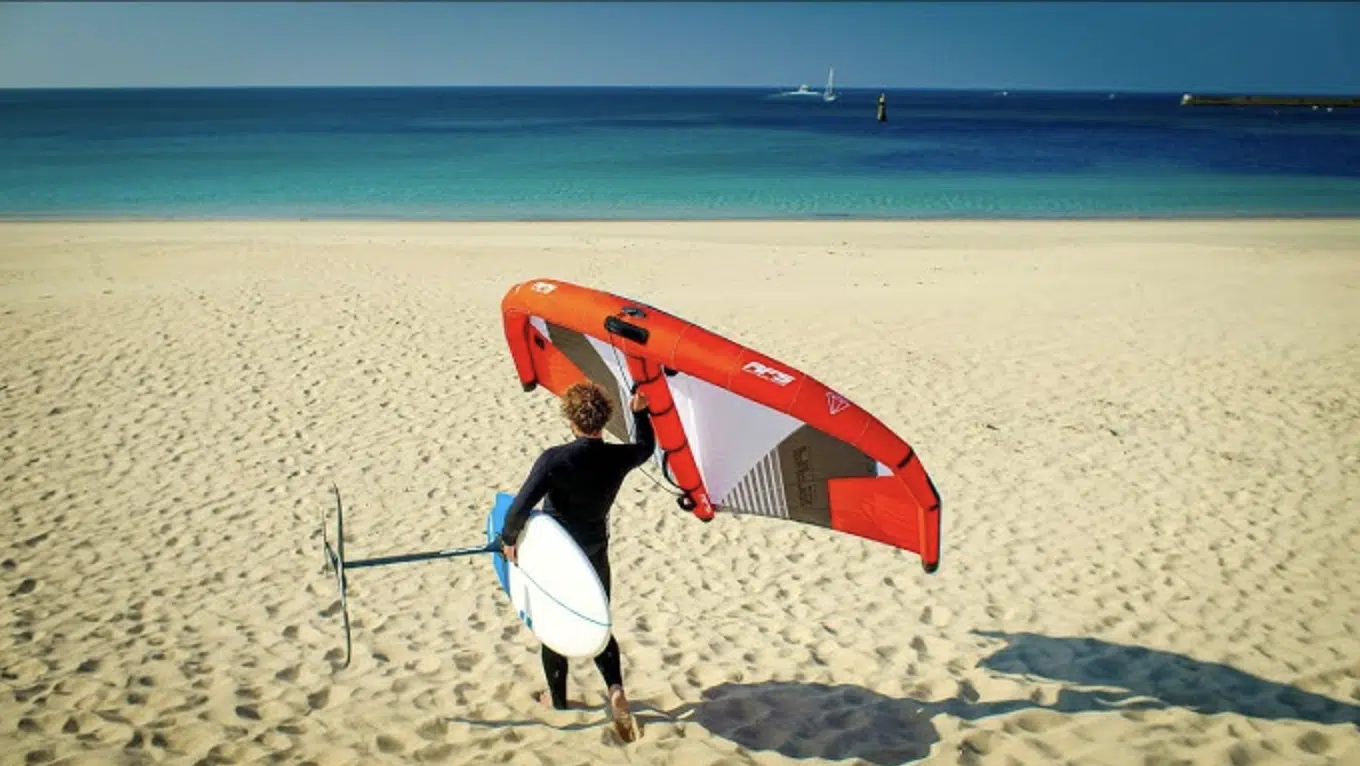
Click & Collect
Secure payment in 3 or 4 instalments
Advice from enthusiasts
Satisfied or your money back
2 to 3 years warranty
Worldwide delivery
Votre emplacement actuel et les langues disponibles
Your current location and available languages
Build your complete foil equipment according to your practice and objectives.
Answer a few quick questions and get a suggestion.
Compare up to three stabilizers side by side.
Coming soon...
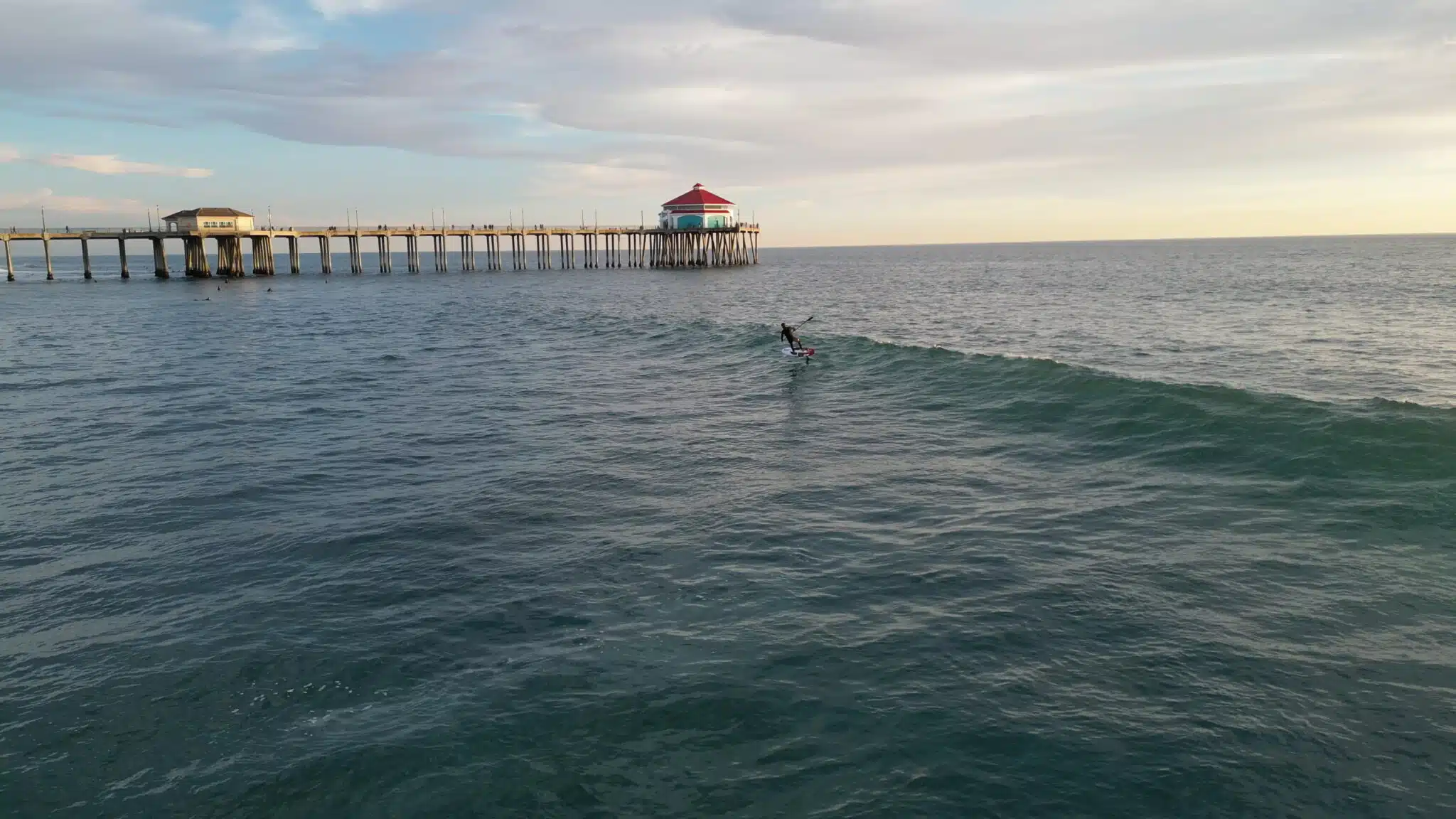
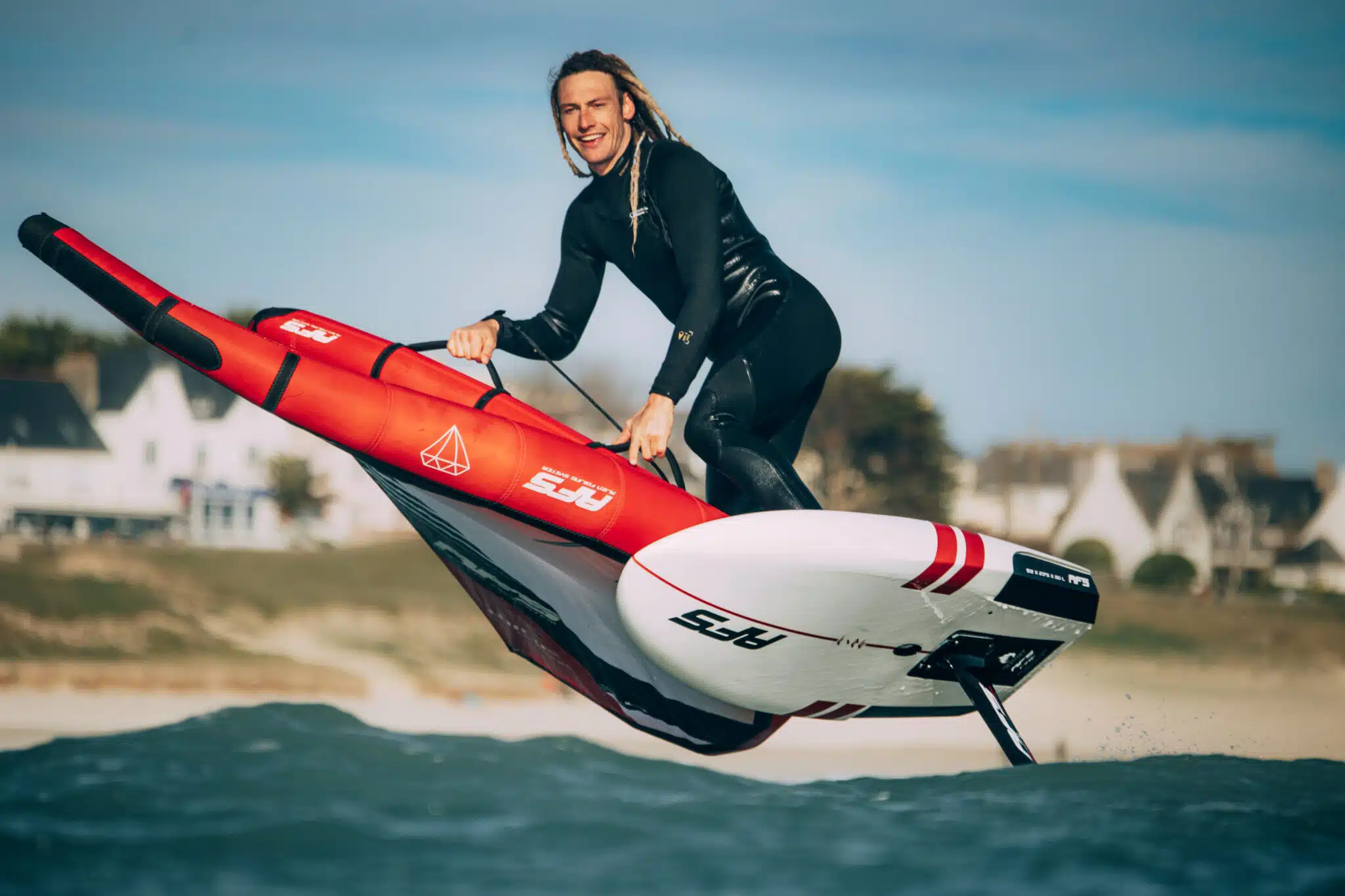

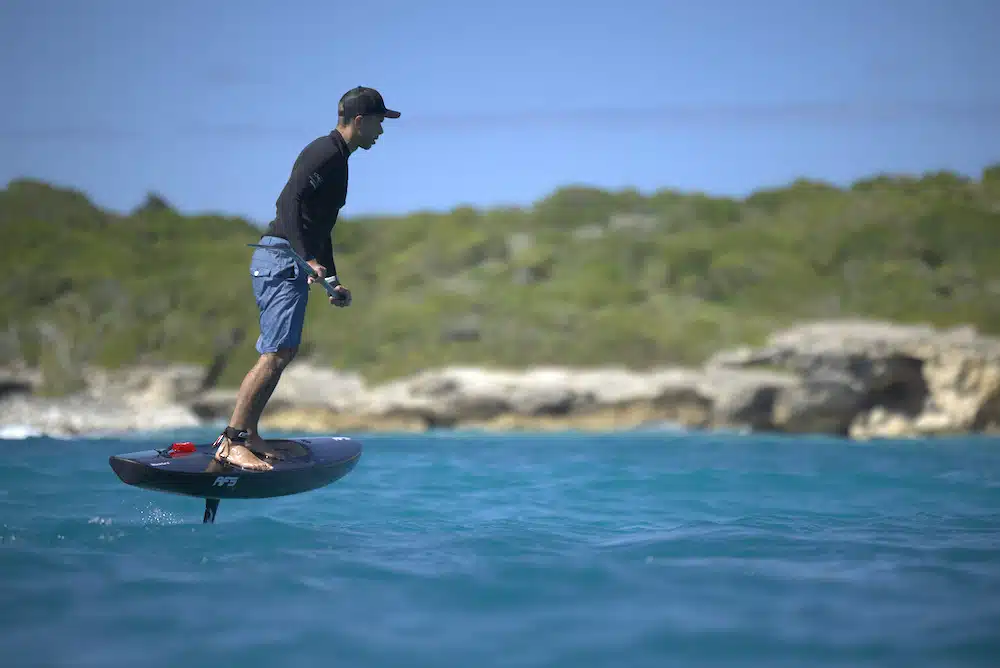
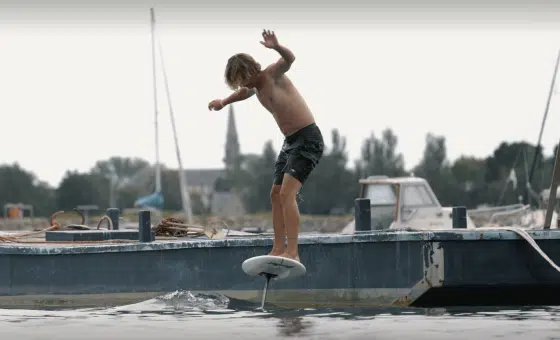
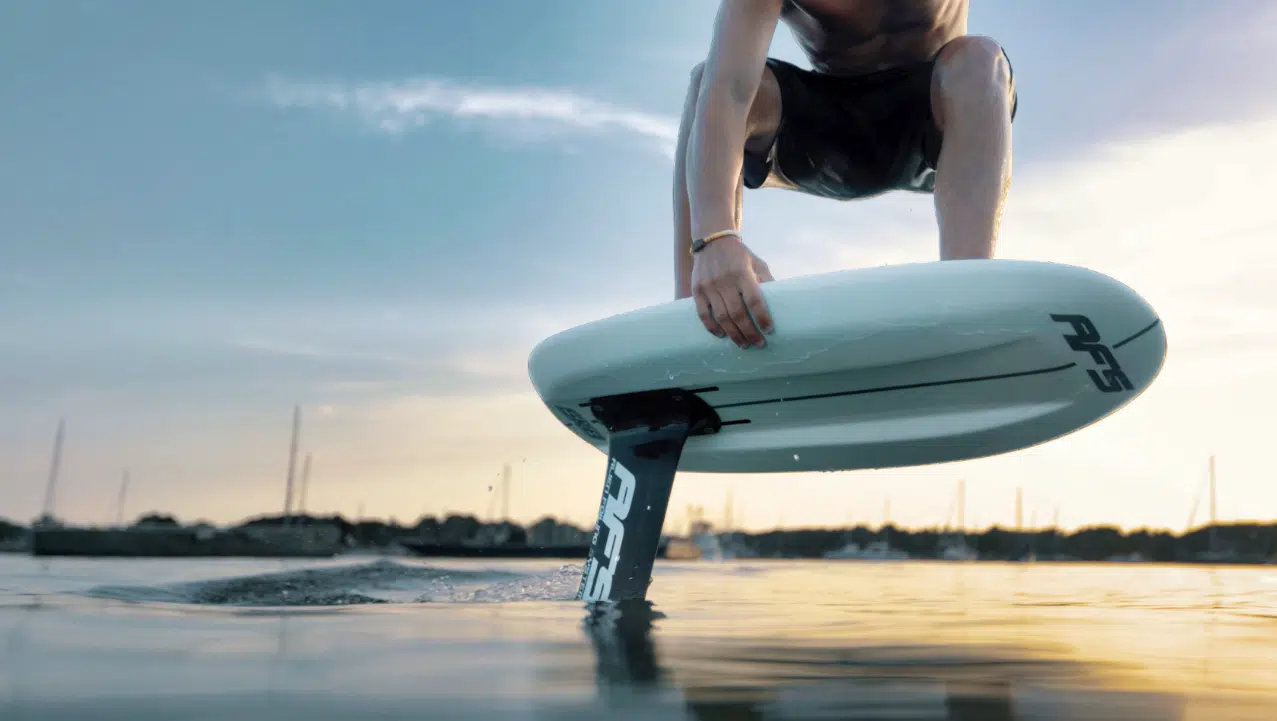
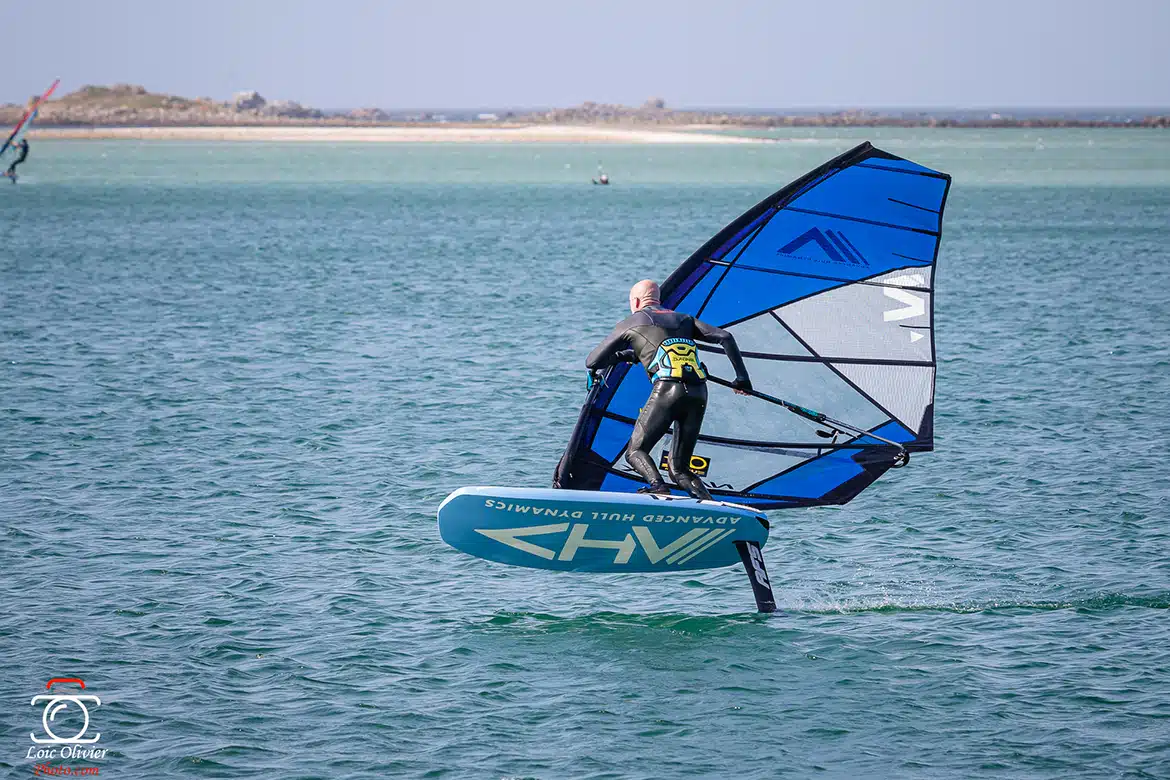
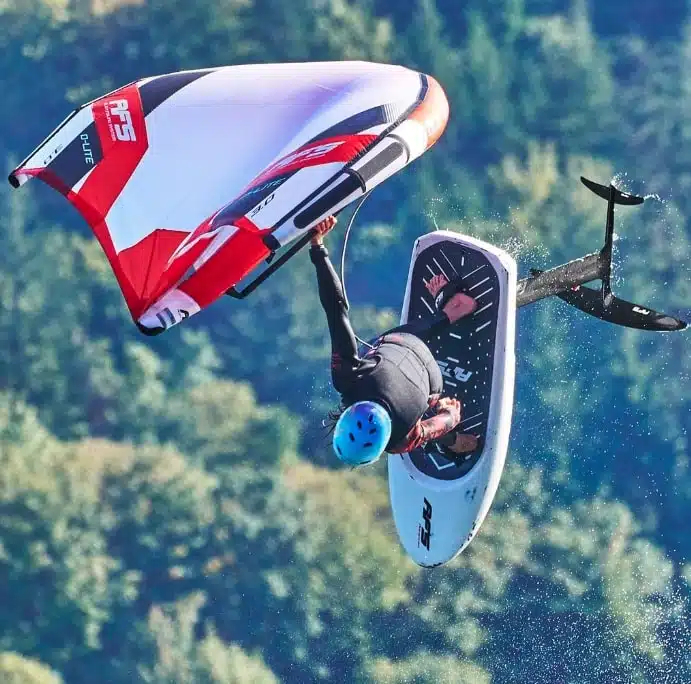
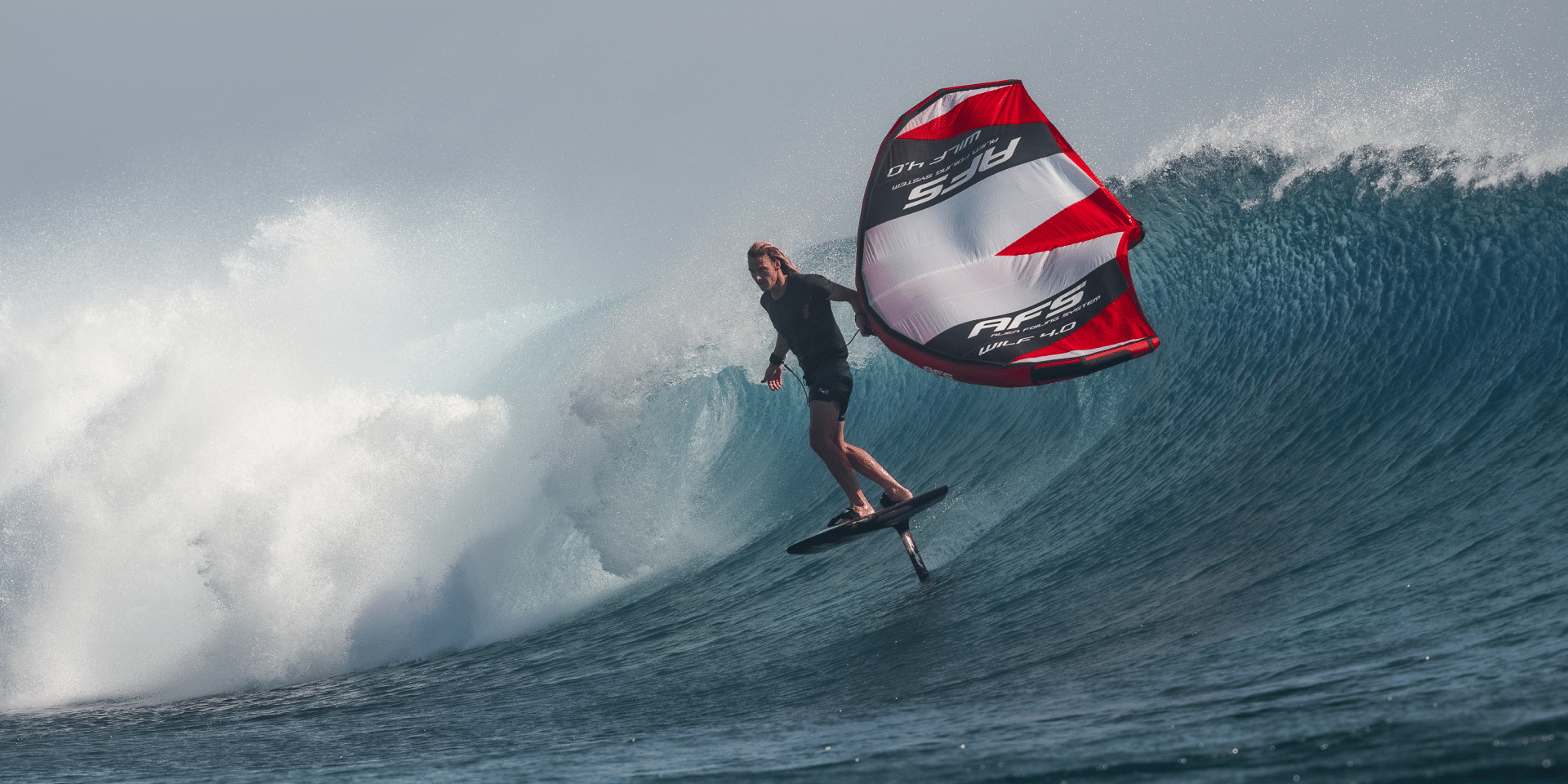
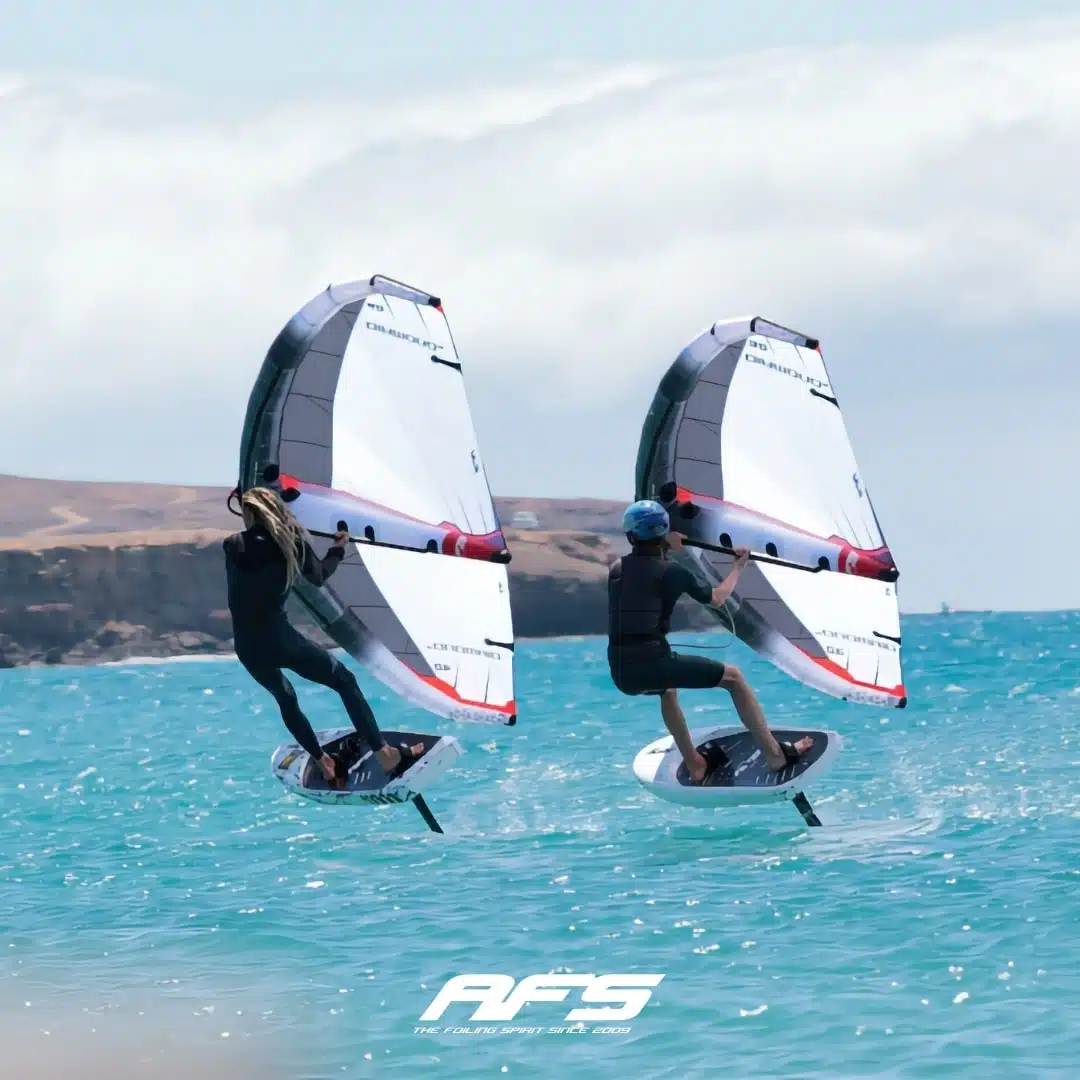
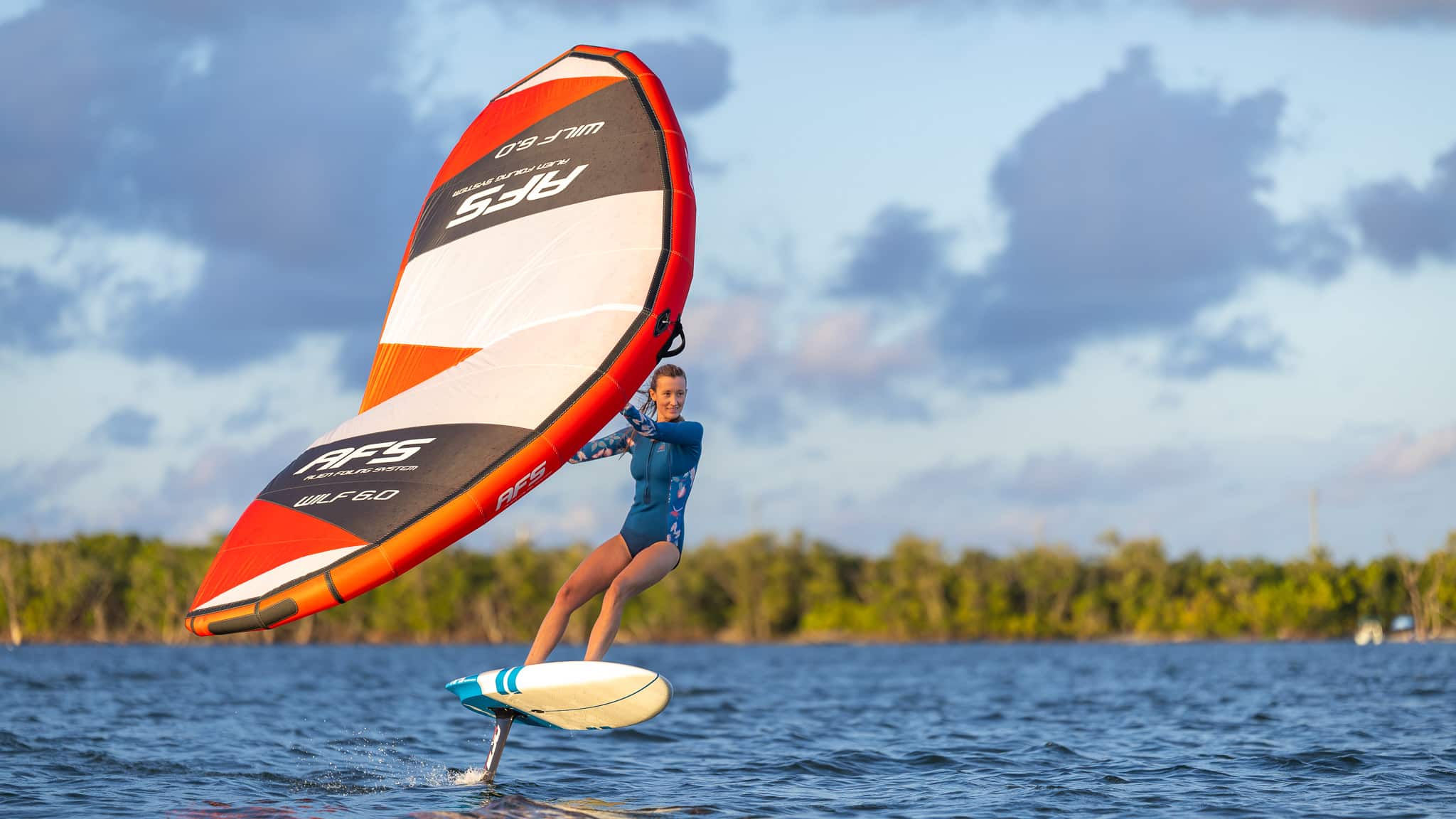

You will receive a product in excellent condition, with a few minor scratches from use.
Your product may have a few minor scratches or visual defects, but it's ready to take to the water again!
Despite deeper scratches or more pronounced visual defects, your product can take to the sea without hesitation: at this price, it's a shame to miss out!